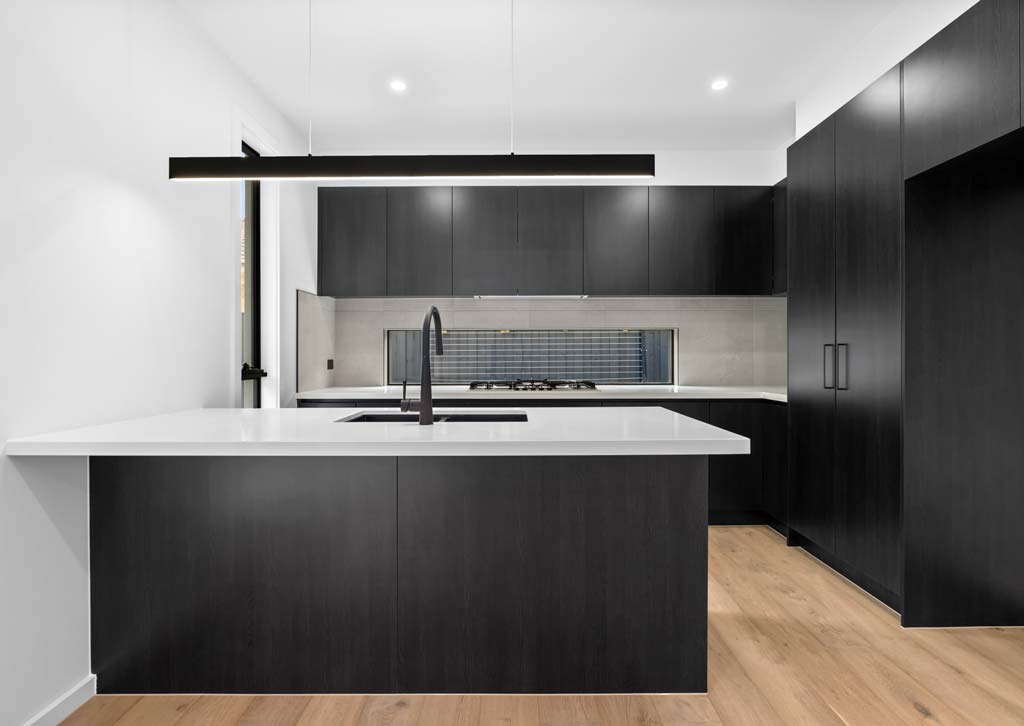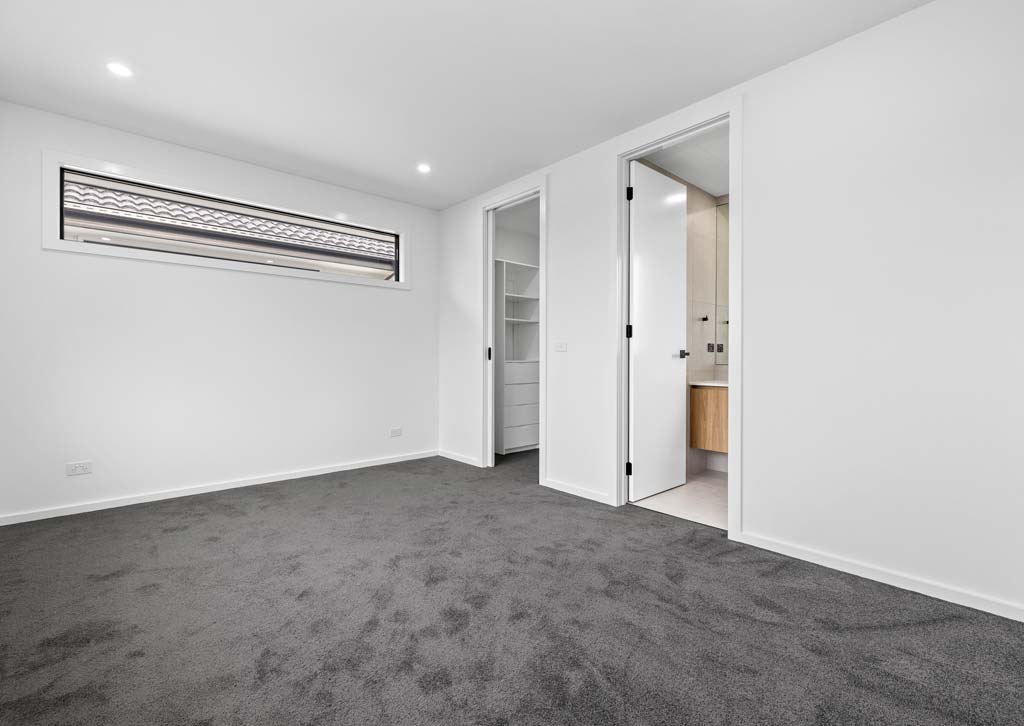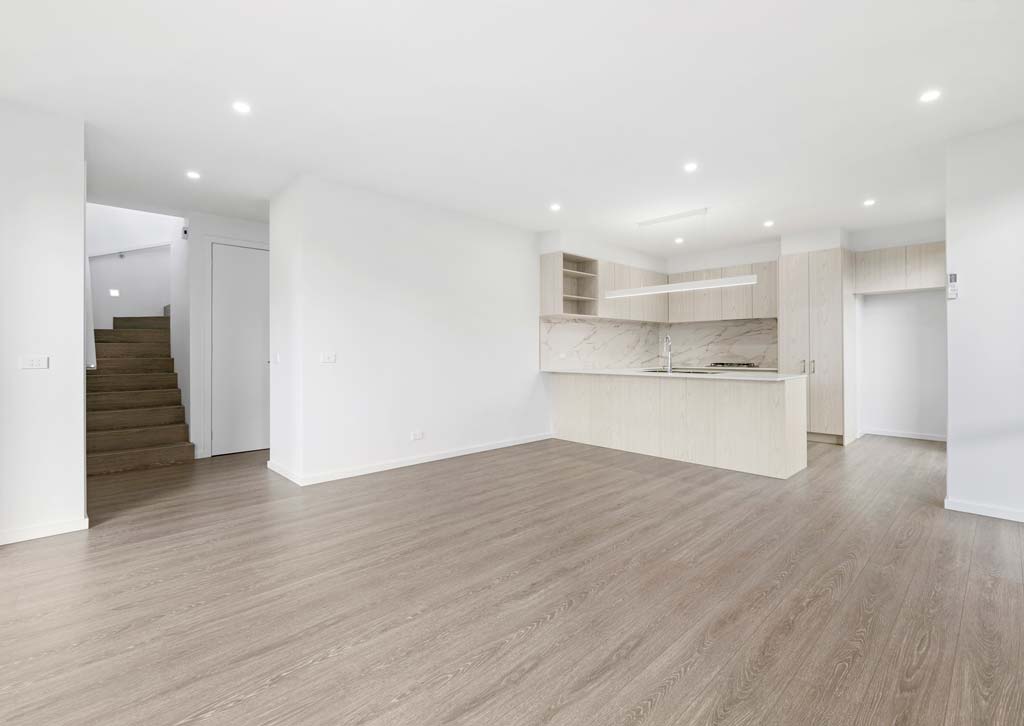Do you wish you could update your house? The first step is to figure out what kind of building design best suits your needs. Different interiors may be better suited to the modern or rustic aesthetic, for example.
To achieve the ideal ambience around and within your home, selecting an appropriate architectural style may seem like a big undertaking, but it shouldn't be. You may make this process less difficult by learning about the features of each variety and making an informed choice.
This article will discuss where to begin when deciding on an architectural style and offer advice on how to keep it looking great long after it is built. What are we waiting for?
How To Determine A House's Architecture Style
Home, building, and structural design and construction are the backbone of architecture. Hundreds, if not thousands, of distinct architectural styles exist within the larger field of architecture, each of which reflects the time and place in which it was built, as well as the preferences of its architects and their clients.
There are some things to consider when trying to identify a home's architectural style, allowing you to zero down on the most appropriate one.
The Age
A home's architectural design and style will be heavily influenced by the era during which it was constructed. If the house is rather ancient, it may have undergone many renovations over the years, each of which may have altered its original style.
You can get a fair idea of the architectural style of your home, though, if you know how old it is and when it was built.
The Size
Another criterion for determining your home's architectural style is its size. Various architectural motifs have various footprints and floor plans. Ranch-style houses, for instance, typically have only one story, although a farmhouse or Georgian-style home might have several.
Houses with a similar architectural style can vary greatly in size and layout. Still, size, in conjunction with other factors, can help determine the specific type of a building.
The Materials
Due to the high cost and inconvenience of transferring building materials over long distances, most houses have traditionally been constructed using materials easily accessible in the immediate vicinity. However, as transportation improved in speed and cost, goods were shipped across national borders and eventually across the globe.
Finding out where the building materials came from and what was used to construct the house can shed light on its layout and construction methods.
The Location
Given that some architectural styles are more common in some regions than in others, location can be a rich source of information about the building's style. Homes in the city, the suburbs, and the country all look different.
It is important to consider the local climate, cultural norms, and geographical features when pinpointing a specific architectural style.
The Design Features
A new design of a building is one of the most significant ways to identify its architectural style. Numerous elements can be incorporated into various architectural styles, from columns and shutters to ornamented windows and Craftsman-style doors.
Key indicators of a home's architectural style can be found in its design.
The Doors
Exterior doors are one of the most noticeable aspects of a building, but they are additionally among the most easily modified. Therefore, it is essential to find out whether or not the doors seem to be original to the design, even though the style of an exterior door could perhaps offer a few clues whenever it comes to architecture.
The Roof
Roofing materials, roof pitch, and other structural elements all contribute to a home's overall architectural style. For instance, while Victorian houses typically have steeply sloping roofs, modern houses favour straight lines and flat roof designs.
The Windows
The importance of windows in building design cannot be overstated. The windows in a building can be used as a useful indicator of its architectural style due to their number, type, size, location, and design. Window placement is crucial in many house designs and can be used as a design cue to distinguish between different residential architectural styles.
Understanding whether or not the windows in your home are replacements is important because they are another common upgrade. If your home is older, the original windows probably aren't the most energy-efficient option.
Many older homes require replacement windows, but standard, off-the-shelf options don't match the home's original architecture and would look out of place.
The Exterior
It is possible to deduce a building's architectural style from its exterior materials, such as wood, stone, brick, or glass. Older houses, for instance, probably won't have a lot of glass because of their poor energy efficiency.
However, modern climate control systems make it possible to build entirely glass walls into homes, so they are increasingly common.
The Ornamentation
The presence or absence of ornamentation on a building can tell us a lot about its design history. Examples of elaborate ornamentation in architecture include the turrets and intricate spindles found in Victorian-era homes.
Columns and balconies take up much visual space in some architectural styles. Ornaments may seem redundant in some designs, but they serve an important purpose by highlighting the differences between various aesthetic approaches.
Frequently Asked Questions About Architectural
What are the four basic house designs?
When creating homes, a residential home designer has four basic styles to select from - one-story or ranch, one-and-one-half-story, two-story, and split-level.
What is today's architectural style called?
Today's architectural style is called Contemporary architecture.
How do I choose the style of my house?
Follow the above steps and choose the architectural style of your house.
What are the factors that influence the choice of architectural style and structure?
Geography, Climate, Commercial Stair Design, Religion, Technology, Culture, Imagination and Style are the factors that influence the choice of architectural style and structure.
How do I figure out how to design my house?
6 Steps To Design Your Home:
- Determine your budget for designing a home.
- Think about house placement.
- Match your home to your lifestyle.
- Choose the style of your home.
- Write a brief for the architect.
- Create your floor plans.
How To Select The Best Architectural Style For Your Custom Home
Building a house from scratch is a thrilling endeavour and the realisation of a lifelong dream for many. It allows you to customise every aspect of your house to your preferences. There isn't anything better for perfectionists.
The process of design can be as exciting as it is difficult. It's important to take your time and carefully consider all of your options when making decisions about your home's decor.
This is probably most obvious when discussing the house's design aesthetic. When guests come to your house, they will first see this. It sets the mood for the rest of the interior and, unlike decor, cannot be easily changed.
Because of this, picking an architectural style for your house is a crucial step in the process of building your dream home.
The wide variety of architectural styles, however, can complicate what is already a challenging choice. Read on for a comprehensive breakdown of the factors to consider when settling on a house design.
Consider Your Home's Setting
The location of your home is an important factor to consider when deciding between a Mediterranean, Modern, Transitional, or Traditional style. Can you tell me about the outside environment? Is it surrounded by woods? Is the lawn spacious and roomy? Is there a hill there?
Taking the environment into account first will help you design a home that looks like a home there. After all, a Colonial house in the wilderness or an Indesign house inside the middle of a bustling city block might look out of place.
Make A Mood Board Of Styles You Admire
Consider houses and buildings that caught your eye in the past, or explore different sources of inspiration to help you zero in on a specific style. Explore different options and make a mental note of what you like and don't like as you peruse magazines, interior design Platform accounts, the homes of friends & celebrities, or even the surrounding areas.
Following this step, you can compile all the elements of architectural design that you consider aesthetically pleasing into a mood board. You and your personalised home builder will have a clearer picture of your perfect look with this information.
Consult With Friends And Family
Close friends and family members often have a deeper understanding of you than you do of yourself. As a result, they are the ideal people to share your thoughts and concerns with and draw inspiration from, especially if you aren't sure what aesthetic you prefer.
It is always helpful to get other people's opinions and ideas when designing a home, whether you plan to live alone or with your family.
Consider Any Rules You May Have To Follow.
Homeowners' associations are common in many different types of communities. Maintaining the area's aesthetic appeal is part of their job, and they'll pitch in with any necessary maintenance and fixes.
You should find the extent to which there are restrictions on the architectural style you might choose, as the area may be required to maintain a certain appearance. It would help if you also thought about any special permits or deed restrictions that may apply to your project.
Consider Your Neighbors For Ideas
Even if there is no HOA in your new neighbourhood, you should still consider the aesthetic preferences of your neighbours when designing your home.
Observing the homes that will be close to yours can provide unanticipated ideas for whether you want to blend in completely, stand out completely, or achieve some sort of compromise.
Obtain An Expert Opinion
If you're still having trouble, it may be time to hire an expert. Hiring a custom building company has many advantages, one of which is that they are going to follow you so each moment of the process to assist you and address whatever inquiries you may have. Seeing examples of the builder's previous work can help you decide between traditional and contemporary designs.
Observing the professional quality of the final products can elucidate some of your goals or spark ideas you hadn't considered before.
Choose For Both Function And Fashion.
While the aesthetic value of a home's architectural style is undeniable, it's also important that the chosen style accommodates your needs practically.
If you have trouble climbing stairs, for instance, a Craftsman bungalow might be more suitable than a Colonial mansion. Enjoy the great outdoors without giving up any of the conveniences of home with a Mediterranean-style structure.
Selecting A Favorite Architectural Style
The fact of the matter is that anyone who chooses to construct a custom house does so for a reason. They hope one day to be capable of building a house that they have a hand in designing.
Because of this, the aesthetic you settle on must be conducive to your needs and those of your loved ones.
Frequently Asked Questions About Designing & Building
According to the Melbourne, Australia edition of Riders Digest 2019 and the Australian Bureau of Statistics (ABS), the cost of building a house in Australia can vary wildly. The average cost to build a house in Australia in 2018 was $313,800.
You can build a Melbourne house for $150,000, but it requires planning, knowledge and discipline. Although many factors affect the cost of residential construction, its location, size and design are most important. It's also important to read about the building and building contract process before you begin.
Contemporary House Design for a Narrow Lot.
The cheapest house to build doesn't have to be small. With two stories of living space, this contemporary house plan would work great on a narrow lot. The super-simple design and open floor plan give you a spacious feeling, while cutting back on costs.
Custom-built homes average around nine months, while personalized production plans average near seven months. Because the floor plans used by production builders have been built many times before, there are generally fewer delays.
Ask about their background, experience and business stability. They should be able to provide specific examples of their previous work and references. Builders need to earn your confidence; how they act before they get the job tells you a lot about them.
Can you show recent examples of your work?
Check out completed homes in your area and talk to previous customers. Reputable builders confident about their own work will be happy to put you in touch with previous customers.
Are you licensed?
Unlicensed builders might be cheaper, but you won’t have any protection. So work with licensed builders only. And don’t just take their word for it—you can check yourself online.
Are you fully insured?
It’s important you’re fully protected. Generally, home indemnity insurance covers you for financial loss, while workers’ compensation and general or public liability insurance protect you against workplace accidents. Make sure your builder has
the necessary financial protection in case something goes wrong. Each state and territory has different rules about the amount and type of insurance that builders must hold.
How long have you been in business?
Ideally, you want a well-established builder who enjoys solid long-term relationships with their tradespeople.
How do we pay?
You don’t want to be paying substantial amounts up-front. So set expectations in advance. Progress payments should be made after the work is done to your satisfaction.
Who will supervise the work?
The onsite supervisor’s role is crucial to the smooth running of the project. Meet up to make sure you’ll be comfortable working with them.
Do you have other jobs on?
If the builder has other commitments, your work could get bumped and delayed. On the other hand, if the builder is free to start tomorrow, it may be worth asking why they are so quiet.
What happens if there is a problem?
With any complex building project issues are bound to crop up. Ask how long they guarantee their work. There is usually a building maintenance period during which the builder will come in and fix any problems. Make sure you know what is relevant in your state or territory.
Will costs change?
Make sure the quote includes total costs and there are no hidden surprises. But even so, when it comes to building it’s a good idea to expect the unexpected. If the builder encounters a site problem which requires more work or if you want to vary your plans, it’s important to discuss up-front how this will be managed.
How long will it take?
Complex building projects rarely run exactly to schedule. You’re subject to the vagaries of the weather and the reliability of suppliers. But it’s a good idea to set a timeframe for completion, along with progress milestones along the way. Remember, it’s your house and you need to get it right. So you need to be comfortable with your choice of builder. If it doesn’t feel right, shop around and get a second opinion.





